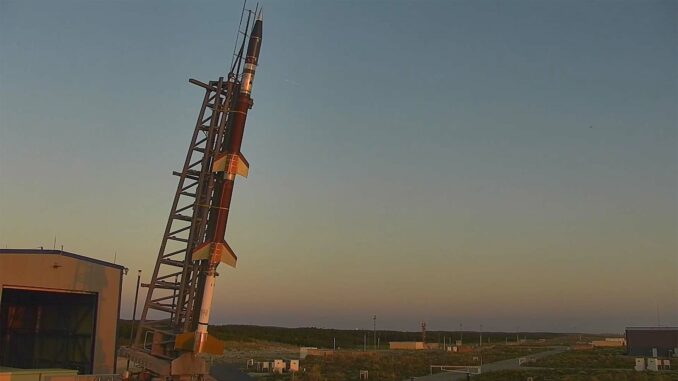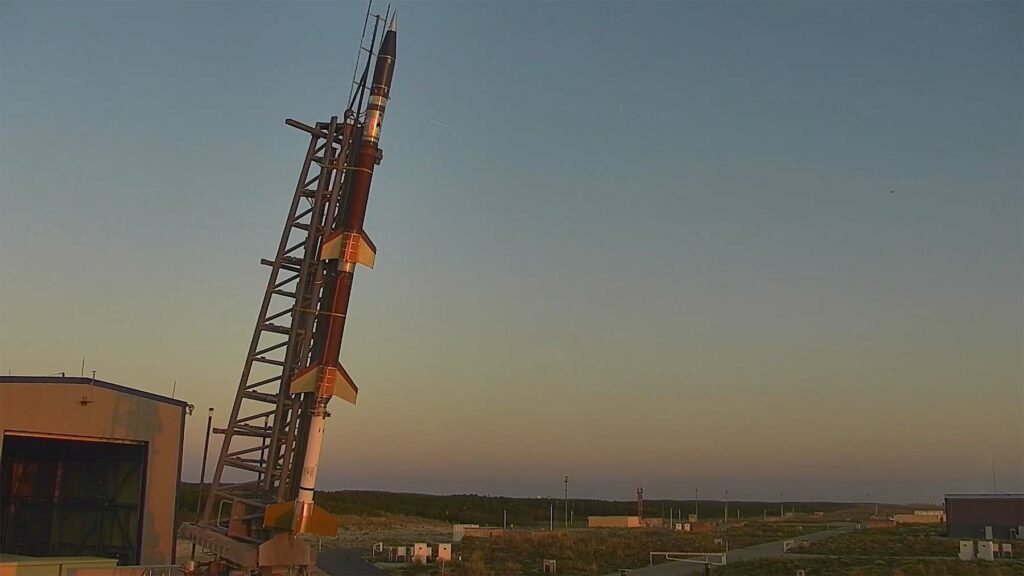
The Franco-American collaboration successfully launches a rocket, marking a significant step forward in hypersonic research.
The Franco-American alliance
The alliance between the United States and France in the field of hypersonic research has reached a new milestone with the successful launch of a three-stage rocket in France. The mission, named FS-1, was carried out jointly by the Naval Surface Warfare Center, Port Hueneme Division (NSWC PHD), based at White Sands, New Mexico, and the French Army at Biscarrosse. This success is particularly significant after the challenges encountered during the previous mission, FS-0, and demonstrates the commitment of both nations to progress in the strategic field of hypersonic speed. This collaboration underlines the convergence of the two countries’ objectives and technical skills in advanced aeronautical research.
The technical success of the FS-1 mission
The FS-1 mission, involving the launch of a Terrier-Oriole-Oriole rocket, represents a technical triumph for the Franco-American team. The engine configuration and innovative design of the nose cone separator were validated, overcoming the obstacles encountered during the previous mission. The rocket reached hypersonic speed, carrying a French payload designed to test these extreme conditions. The teams involved, including Corvid Technologies LLC, Kratos Defense and Rocket Support Services Inc. and Peraton Inc. provided full support, from design to execution. The VMaX hypersonic slider, developed by ArianeGroup for the Direction Générale de l’Armement of the French Ministry of the Armed Forces, was successfully launched, marking a significant advance in the detachment’s hypersonic test capabilities and France’s mastery of hypervelocity.

Background and transatlantic collaboration
Collaboration between the NSWC PHD detachment and the French Ministry of the Armed Forces began in early 2020, with the creation of a state-of-the-art launch complex in Biscarrosse. This cooperation is part of a wider strategy to strengthen transatlantic ties in defense and aerospace research. The success of the FS-1 mission, after the adjustments made following the failure of FS-0, demonstrates the teams’ ability to adapt and overcome technical challenges. The mission also reinforces France’s role as a leader in the hypersonic field, while consolidating collaboration with the United States in this strategic sector.
Implications and future of hypersonic research
The success of the FS-1 mission has far-reaching implications for hypersonic research worldwide. Not only does it mark a step forward in our understanding of hypersonic speed, it also strengthens the strategic partnership between France and the United States. This collaboration is an example of how international cooperation can advance aerospace research, by sharing knowledge, resources and expertise. In the future, this alliance could pave the way for new advances in hypersonic vehicle technology and potential applications in defense and space exploration.
The FS-1 mission marks a turning point in hypersonic research, illustrating the potential of international collaboration to overcome technical challenges and develop new technologies. This Franco-American success opens up new prospects for the future of hypersonic research, reinforcing the position of France and the United States as leaders in this crucial field. This achievement serves as a model for future collaborations in aerospace research and development, promising significant advances in hypersonic technology and its applications.
War Wings Daily is an independant magazine.